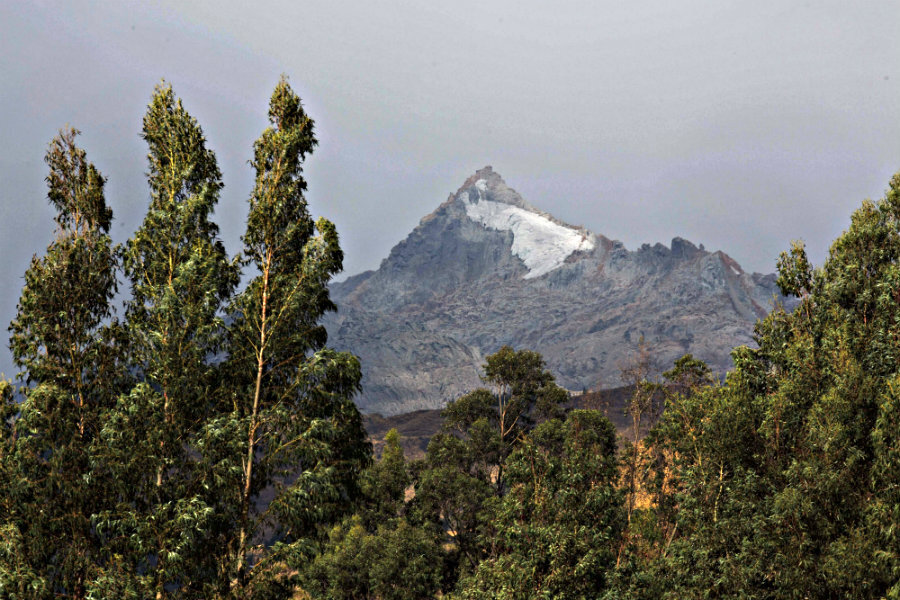Saving the forest for the trees: Is conservation overlooking 'wilderness'?
Loading...
It is easy to call to mind endangered animal species: panda bears, loggerhead turtles, and Asian elephants make cute and cuddly headlines. Yet it is far too easy to forget about the overall biodiversity of world habitats, an environmental factor that is equally important.
The world has lost a tenth of its wilderness areas since 1990, a massive amount for a span of less than three decades, according to a new study published Thursday in the journal Current Biology. "Wilderness" is defined as "biologically and ecologically largely intact landscapes that are mostly free of human disturbance." But they're hardly immune.
These lost wildernesses served several purposes, from harboring biodiversity to regulating climate, and their disappearance highlights the need to protect areas often overlooked by conservationists since they are "they are assumed to be relatively free from threatening processes," the authors note.
"You cannot restore wilderness. Once it is gone, the ecological process that underpin these ecosystems are gone, and it never comes back to the state it was," lead author James Watson says in a press release. "The only option is to proactively protect what is left."
As human civilization shapes the face of our planet, it is often easy to ignore the fact that wilderness areas are under threat.
"Globally important wilderness areas – despite being strongholds for endangered biodiversity, for buffering and regulating local climates, and for supporting many of the world's most politically and economically marginalized communities – are completely ignored in environmental policy," said Dr. Watson, an associate professor at the University of Queensland, Australia, in the press release.
According to the study’s authors, it is encouraging that much of the wilderness area studied was part of large, contiguous tracts, which are needed to host "intact ecological communities." But just over 30 million square kilometers (just under 19 million square miles) of the Earth’s surface, excluding Antarctica and oceans, remain wilderness today.
Many of the environmental losses have occurred in Africa and South America, where the Amazon rainforest has been particularly hard-hit.
Although conservation efforts have increased in recent years, they have not kept pace with the rate of habitat loss in many wilderness areas, the authors say. But they're important for multiple reasons, from helping to stabilize carbon in the atmosphere, to protecting the creatures within them. Twelve percent of threatened mammals species reside in Earth’s wilderness areas.
There is currently no text in either the United Nations Framework on Climate Change or the UN World Heritage Convention that protects large wilderness areas in particular, however, making it harder for policymakers to devote sufficient funding to protecting these regions.
In order to prevent an even greater loss, researchers say that environmental policy must change, and change rapidly, to keep pace with and prevent wilderness destruction.
"We probably have one to two decades to turn this around," Watson said. If not, the consequences go beyond natural areas themselves, to climate change and "some of the most vulnerable human communities on the planet."
But some areas are trying to reverse course, including the most affected areas: the Amazon Region Protected Areas program now expanding from Brazil to Peru and Colombia, for example, as the authors note, which include provisions to support sustainable economies based on local resources.
"Proactively protecting the world’s last wilderness areas is a cost-effective conservation investment and our best prospect for ensuring that intact ecosystems and large-scale ecological and evolutionary processes persist for the benefit of future generations," the authors conclude.






